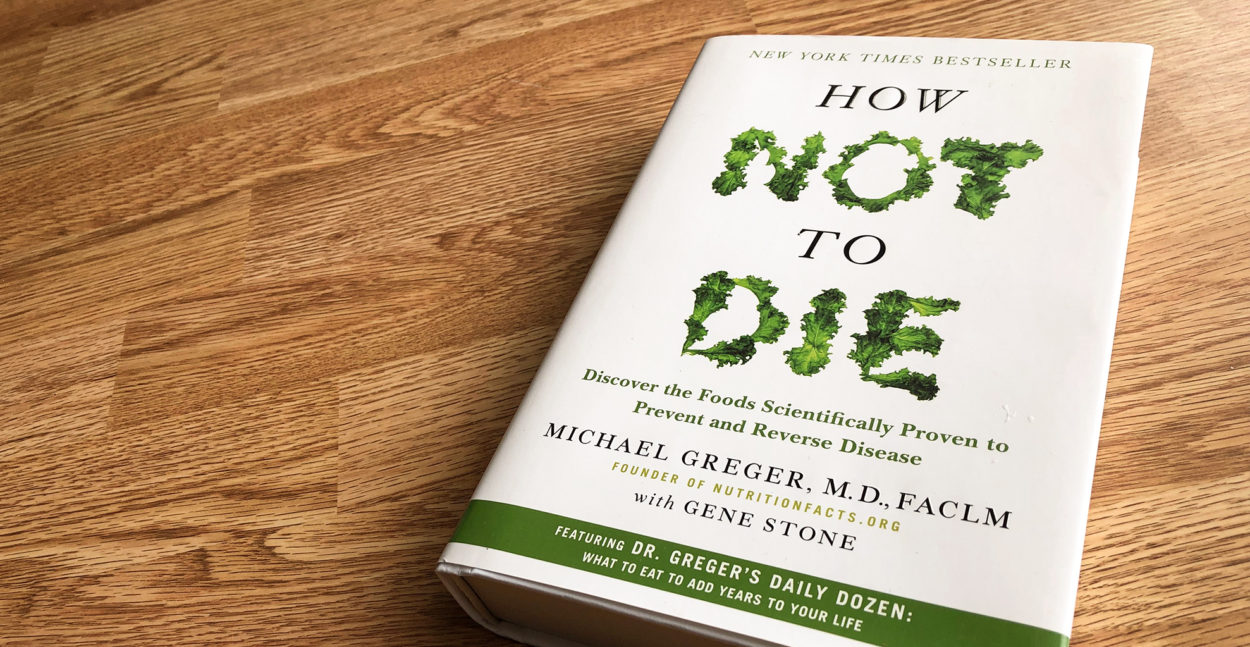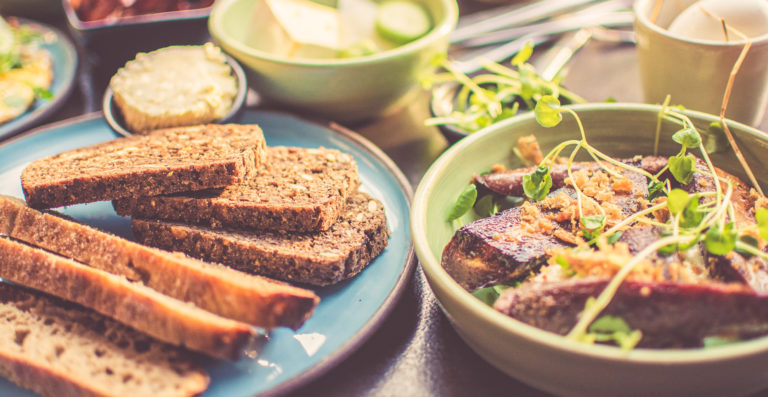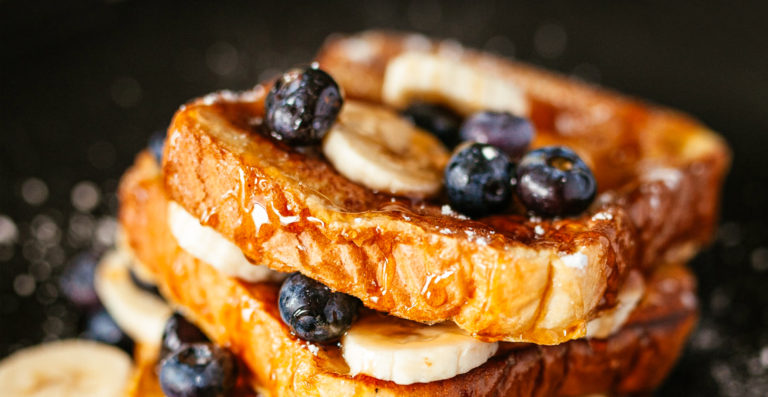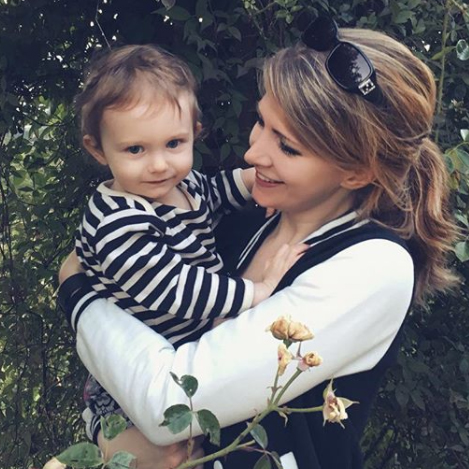
The book How Not To Die by Michael Greger might be my favorite nutrition book of all time. All the information in the book is laid out into two parts. The first part details various ailments and how ‘not to die’ from them. The second part lists all the foods that we should be eating to keep our bodies free from said ailments.
It’s the kind of book I want everyone to read because it’s such a wealth of information. Just like Michael Greger’s website Nutritionfacts.org, the book How Not To Die covers a variety of ailments, and the foods that are linked to both contributing to, and preventing them. Here, I’m going to talk about the five biggest things I learned from How Not To Die.
FYI, this post isn’t sponsored. I just really love this book.

1. The Daily Dozen
The daily dozen is a checklist of the twelve things you should try to fit into your day, every day. Michael Greger goes into more detail about each item on his website. The list is:
| Beans (3 servings) | Berries (1 serving) |
| Other Fruits (3 servings) | Cruciferous Vegetables (1 serving) |
| Greens (2 servings) | Other Vegetables (2 servings) |
| Flaxseeds (1 tbsp) | Nuts (1 serving) |
| Spices (1 serving) | Whole Grains (3 servings) |
| Beverages (5 glasses) | Exercise (40-90 mins) |
2. Flaxseeds Are Amazing
The nutritional benefits of flaxseeds were, surprisingly, something that never came up when I went to nutrition school. It turns out that flaxseeds were one of the first things to ever be called a ‘health food’. They’ve been used since ancient Greece for their healing properties. Consuming a small amount of flaxseeds a day has been found to potentially reduce the risk of breast cancer. This is due to the excess-estrogen fighting properties it contains. There has also been evidence that flaxseeds may inhibit the progression of prostate cancer. They are also an extremely rich source of omega-3 fatty acids. Finally, ground flaxseeds “induce one of the most potent blood-pressure-lowering effects ever achieved by a dietary intervention”. (How Not To Die, pg. 133) If you’re not already consuming flaxseeds, do it. Do it now. They work well in smoothies.

3. Dietary Secondhand Smoke
I’ve been a non-smoker my entire life so it’s scary to learn that there is such a thing as ‘dietary secondhand smoke.’ This refers to the toxic volatile chemicals that are released into the air when fat is heated to frying temperatures. This includes animal fat or plant fat (like vegetable oil). There also appears to be a higher risk involved in frying meat, and especially with bacon. Frying bacon produces fumes that contain a class of carcinogens called nitrosamines. One study found that “bacon fumes cause about four times more DNA mutations than the fumes from beef patties fried at similar temperatures.” (How Not To Die, pg. 37)
4. Deaths From The Medical System
An entire chapter is dedicated to How not to die from Iatrogenic causes. Basically, how not to die from doctors. Instills lots of confidence in our medical system doesn’t it? Apparently, “side effects from medications given in hospitals kill an estimated 106,000 Americans every year.” (How Not To Die, pg. 239) This actually means that medical care is the sixth leading cause of death in the US. While this only covers drugs people are actually prescribed, there’s an addition of 7,000 people per year that die via receiving incorrect medicine by mistake. Oh, plus the 20,000 others that die from hospital errors and 99,000 from hospital acquired infections. This chapter goes into even more terrifying detail, but you can check out more info here.

5. Antioxidants In Herbs & Spices
I was actually quite surprised to learn how many antioxidants there are in simple herbs & spices like oregano or cinnamon. In fact, they’re the “food category that averages the most antioxidants.” (How Not To Die, pg. 50) Adding some of these herbs and spices to your meals, things like marjoram or cloves, massively increases the antioxidant power of your food. Diets that are high in antioxidants have been shown to be protective against strokes as they prevent the circulation of oxidized fat in the blood, which can damage blood vessels in the brain. Antioxidants are also helpful in reducing inflammation in the body.
To Conclude
How Not To Die is a really amazing book and if you don’t already own it, I highly recommend getting it. The science-backed nutritional information in it is so valuable and eye-opening, it’s a real game changer. Michael Greger’s website, NutritionFacts.org is also an insanely good nutritional resource with hundreds of free videos to help you become a healthier, happier you. Again, this is not sponsored; I just really love scientifically proven nutrition info.
Have you read How Not To Die? What was one thing that really stuck out to you?
Image Credits





Leave a Comment